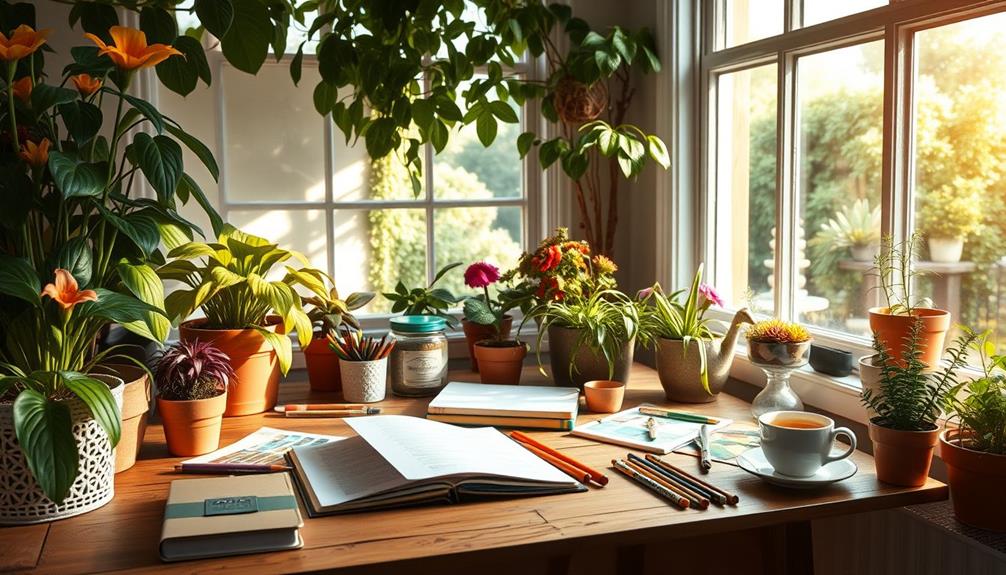Oscar Wilde's thoughts on life, art, and being yourself highlight the importance of authenticity. He encourages you to embrace your unique identity, resisting societal pressures that stifle expression. Wilde believes that true happiness stems from self-acceptance and living genuinely. In his view, art reflects personal experiences and emotions, making it a powerful tool for self-expression. His wisdom celebrates individuality, urging you to break free from conventional norms. By embracing your true self, you foster creativity and deeper connections with others. Discovering more about Wilde's inspiring quotes can further illuminate your journey toward authenticity and personal fulfillment.
Key Takeaways
- Oscar Wilde believed that authenticity is essential for personal fulfillment and encourages individuals to embrace their uniqueness and true selves.
- He viewed life as an art form, emphasizing the importance of self-expression and creativity in shaping one's experiences and perceptions.
- Wilde critiqued societal norms, urging people to reject conformity and celebrate their individuality as a path to happiness.
- He highlighted the transformative power of art as a means of challenging societal perceptions and conveying complex emotions.
- Wilde's philosophy underscores that true artistry emerges from imagination, allowing for deeper emotional connections and exploration of the human experience.
Essence of Individuality
While society often pressures you to conform, the essence of individuality lies in embracing your true self. Oscar Wilde, a keen observer of human nature, highlights how societal expectations can obscure your authentic identity. He suggests that when you conform, you're at your least genuine, stating, "Man is least himself when he talks in his own person."
This insight reveals the importance of self-expression; it's through authenticity that you can truly connect with who you are. By fostering genuine connections, you create a supportive environment that encourages individuality, much like the strategies for reviving old friendships.
Wilde's belief that "Most people are other people" underscores the tendency to mimic societal norms rather than embrace your unique individuality. To step away from this mimicry, you need courage and honesty. It's not easy to resist the pressures of conformity, but the pursuit of individuality can lead to profound self-discovery and fulfillment.
Moreover, Wilde posits that masks, which individuals wear to fit in, can actually reveal deeper truths. When you drop these masks and allow yourself to be unguarded, your individuality shines.
Embracing your true self isn't just a personal journey; it's a bold statement against societal expectations, urging you to celebrate your uniqueness.
Importance of Being Oneself
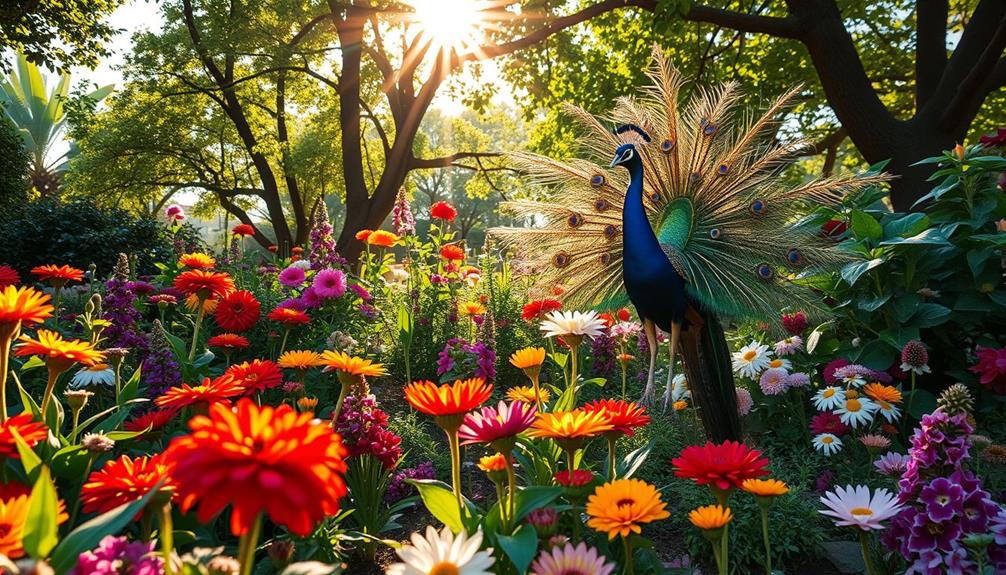
Being true to yourself is one of the most empowering choices you can make. When you embrace your true identity, you reveal a wellspring of creativity and unique perspectives that not only enrich your life but also enhance the experiences of those around you.
This authentic expression can serve as a powerful catalyst for personal growth and healing, especially in times of emotional upheaval, such as after a breakup, where heartbreak as a catalyst often leads to deeper self-discovery. Oscar Wilde's famous quote, "Be yourself; everyone else is taken," perfectly captures the essence of self-acceptance, reminding you that genuine happiness lies in being authentic.
In a world filled with societal pressures, it's essential to cultivate the courage and honesty needed to express your individuality.
Authentic living doesn't just lead to personal fulfillment; it fosters deeper connections with others who resonate with your true self. This mutual understanding creates a supportive environment where you can thrive.
Challenges of Authenticity
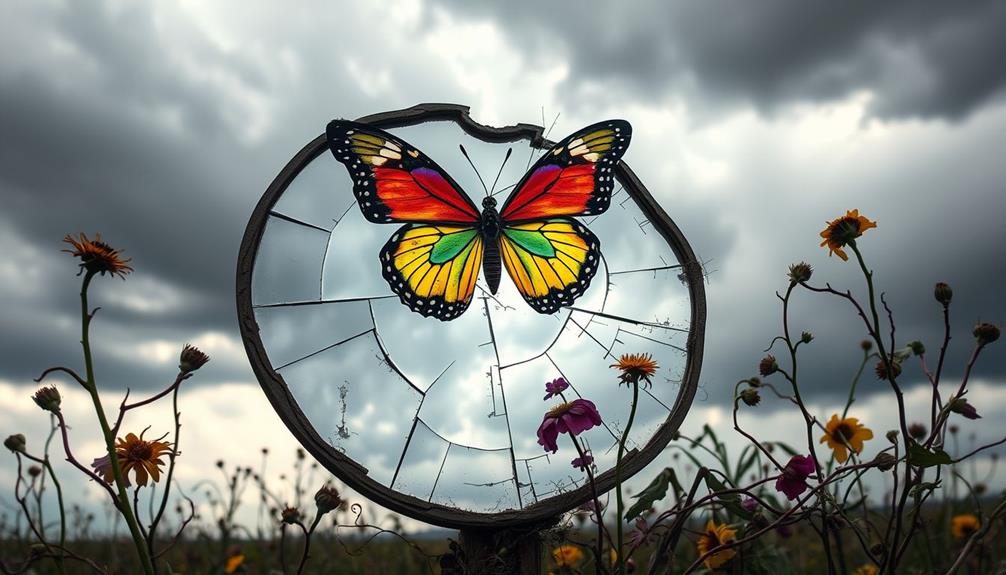
Authenticity can often feel like an uphill battle. You face the challenges of authenticity every day, influenced by the fear of judgment that stifles your self-expression. Social norms and expectations loom large, pushing you to conform instead of embracing your individuality. It's easy to slip into predefined societal roles, losing sight of who you really are.
This inner struggle can parallel the dynamics found in relationships, where emotional connections and intimacy play a crucial role in supporting one's true self, as seen in the exploration of astrology and attractiveness.
This struggle is a common human experience, with many grappling to find a balance between being true to themselves and fitting into society. You might find that maintaining authenticity demands continual self-reflection and the courage to voice your genuine thoughts and feelings. Each time you choose to express your true self, you're fighting against the pressure to blend in.
However, this challenge can lead to inner conflict, making personal growth feel intimidating. You may wonder if it's worth it to defy social expectations. Yet, remember that embracing your uniqueness is essential for your well-being.
Art and Individual Expression
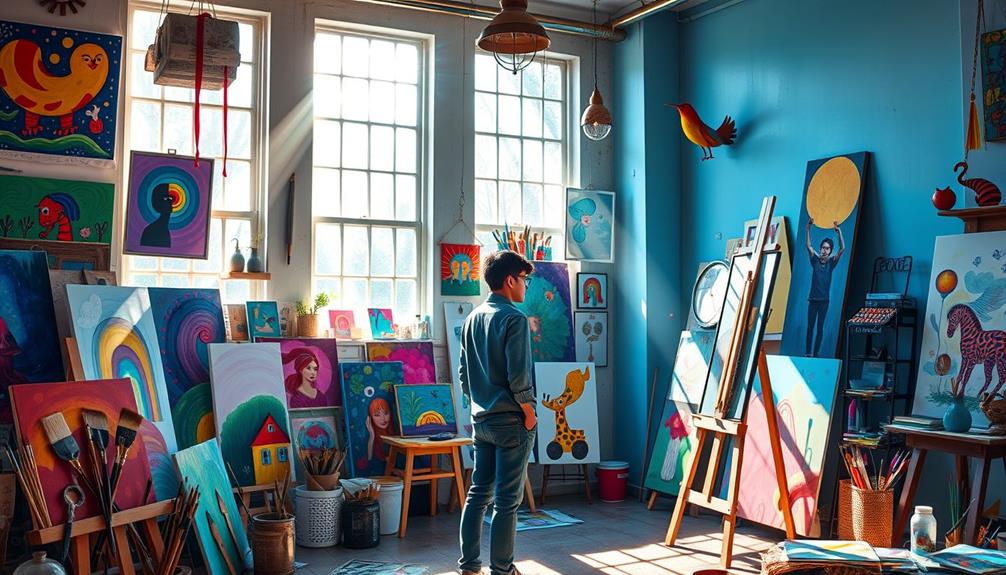
When you create art, you tap into your unique experiences and emotions, making your work a true reflection of who you are.
This personal connection is essential as it allows you to explore captivating artistic journeys that resonate with others.
Oscar Wilde believed that this personal expression is what gives art its authenticity and power.
Artistic Authenticity Matters
Artistic authenticity is essential for any artist seeking to create work that resonates on a deeper level. When you embrace your true self in your art, you reflect personal truths and experiences that connect with audiences in profound ways. Oscar Wilde believed that "art is the most intense mode of individualism," reminding us that every artist has a unique perspective to share.
In the same way that a vegan diet emphasizes personal choices and values, your artistic journey can also embody your principles and beliefs, making your expression even more powerful. Many artists today find inspiration in the ethical choices of veganism, using their platforms to advocate for their values through their work.
However, the journey toward authenticity isn't always easy. You often face societal norms and expectations that can stifle your genuine self-expression. Overcoming these barriers is vital to fostering creativity and allowing your individuality to shine through in your work.
By committing to artistic authenticity, you not only cultivate a deeper emotional connection with your audience but also elevate the impact of your artwork. This connection enriches the viewer's experience, making your expression more relatable and powerful.
Ultimately, embracing your individuality in art encourages personal growth and a deeper exploration of who you are. So, let go of the fear of judgment and express your authentic self; it's the key to creating art that truly resonates.
Personal Expression Through Art
Personal expression through art serves as an essential channel for creativity, allowing you to share your unique experiences and emotions with the world. Art acts as a powerful medium for individual expression, where you can convey your personal truths uniquely. When you create authentically, your work resonates deeply with others; genuine self-expression often sparks emotional connections and inspiration.
The connection between individualism and creativity can also be influenced by external factors, such as the cozy atmosphere of a workspace, which can enhance your artistic output and confidence.
The creative process encourages you to explore and embrace your individuality. This journey fosters personal growth and self-acceptance, revealing layers of who you are. Oscar Wilde's belief in the importance of self-confidence in art exemplifies this idea. He asserted that "the true artist believes absolutely in himself," emphasizing the link between individualism and creativity.
Art epitomizes the most intense mode of individualism, reflecting your identity and personal journey. By pushing the boundaries of societal norms, you not only affirm your voice but also challenge others to do the same.
In this quest for self-expression, you contribute to a broader dialogue that celebrates uniqueness and diversity. So, embrace your artistic journey, and let your individuality shine through every piece you create.
Wisdom in Self-Acceptance
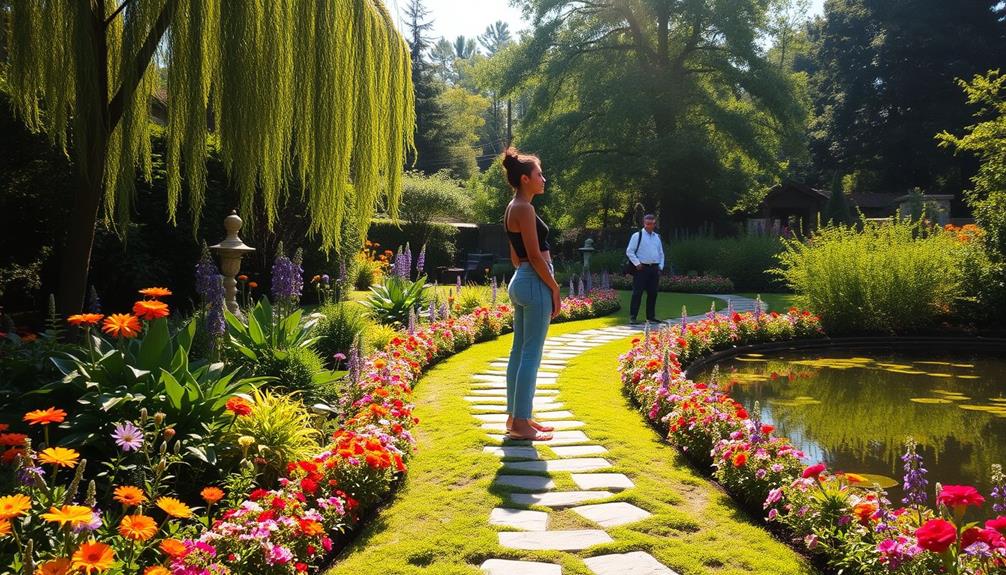
Self-acceptance is a powerful key to unfastening genuine happiness and fulfillment. When you embrace your flaws and uniqueness, you open the door to personal growth. Oscar Wilde famously said, "Create yourself. Be yourself your poem," reminding you that your identity is yours to shape.
This journey of self-acceptance allows you to take ownership of who you are, cultivating a sense of authenticity that resonates deeply with others. Recognizing the importance of empathy and understanding can further enhance your self-acceptance, as these qualities foster deeper connections with those around you, allowing for more meaningful interactions.
Understanding the nuances of narcissistic behaviors can also empower you to navigate relationships that may hinder your journey.
As you embrace your true self, you'll find that your relationships deepen. Authenticity fosters trust, creating connections that are both meaningful and enriching.
However, the path to self-acceptance can be challenging, often clouded by societal pressures and expectations. These external influences can obscure your true self and hinder your progress.
Wilde's observation that "One's real life is often the life that one doesn't lead" serves as a poignant reminder. It urges you to recognize and pursue your genuine desires and aspirations.
Vision of the Artist
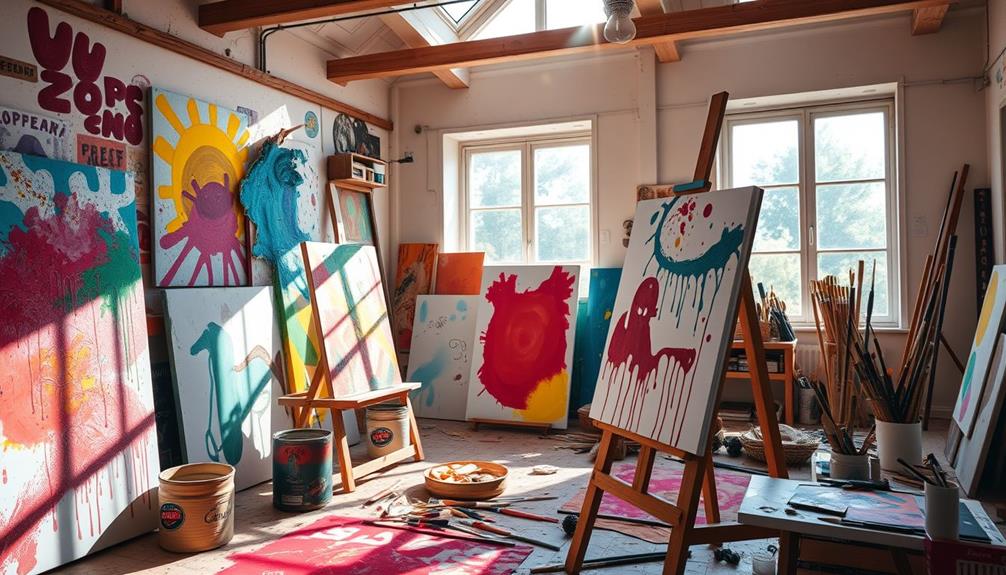
Embracing who you're opens the door to a deeper understanding of creativity and expression. Oscar Wilde believed that true artistry stems from your imagination. He asserted that "no great artist ever sees things as they really are," emphasizing the subjective nature of artistic perception. This means your unique vision shapes your work, rather than simply replicating reality.
Wilde's belief that "to define is to limit" encourages you to break free from conventional boundaries and explore your creative potential. In the same way that evaluating risk tolerance is essential for successful investment strategies, understanding your inner self is fundamental for authentic artistic expression.
When you create, remember that "life imitates art far more than art imitates life." Your artistic expression influences how others perceive their everyday experiences and societal norms. This impact illustrates the power of your vision.
Additionally, Wilde highlighted the emotional connection between you and your art, stating that "every portrait that's painted with feeling is a portrait of the artist." This reinforces the idea that your creations reflect your identity.
In a world where thoughts are someone else's, embracing your vision allows you to transcend the ordinary. By capturing your feelings and experiences, you contribute something genuinely original to the world of art.
Imagination Vs. Reality

When you explore the tension between imagination and reality, you start to see how artists perceive the world differently.
Wilde's belief that creativity can break through limitations challenges you to rethink what's possible. This distinction not only shapes art but also influences how you understand your own experiences.
As empowering quotes from female art figures demonstrate, the fusion of imagination and reality can lead to profound insights about life and creativity.
Ultimately, recognizing this interplay encourages a deeper appreciation for both artistic expression and personal growth.
Artistic Perception Differences
Throughout history, artists have navigated the delicate balance between imagination and reality, shaping how we perceive the world. Oscar Wilde believed that artistic perception differences stem from this unique ability to interpret reality through a vivid imagination. He famously stated, "No great artist ever sees things as they really are," highlighting that your vision as an artist allows you to explore deeper meanings beyond mere existence.
This notion echoes the idea that our personal allure may be influenced by cosmic connections, as some suggest in cultural variations in astrology's interpretation of beauty.
Wilde argued that those who strictly live within their means lack the imaginative vision required for artistic growth, suggesting creativity thrives on expansiveness. His assertion, "Anyone who lives within their means suffers from a lack of imagination," reinforces the idea that stretching your boundaries leads to richer artistic expression.
Moreover, Wilde proposed that "life imitates art far more than art imitates life," indicating a profound interplay between our creations and real-life experiences. This reciprocal relationship emphasizes the power of art in shaping perceptions.
He also cautioned against the limitations of definition, proclaiming, "To define is to limit," reminding you that the true essence of art lies in its complexity and the continuous exploration of meaning.
Embrace your imagination, and watch how it transforms your perception of reality.
Creativity Beyond Limitations
Creativity thrives on the edge of imagination and reality, where the ordinary transforms into the extraordinary. Oscar Wilde believed that true creativity goes beyond limitations and conventional boundaries. When you embrace your imagination, you access a world where someone else's opinions hold little weight.
Wilde's assertion that "No great artist ever sees things as they really are" encourages you to perceive the world uniquely, crafting interpretations that defy the mundane. He warned against the dangers of rigid classifications, stating, "To define is to limit."
This idea invites you to explore art and life without constraints, fostering a mindset open to endless possibilities. Remember, life imitates art far more than art imitates life, revealing how creativity can shape your experiences and perceptions.
Wilde emphasized that art's complexity demands ongoing exploration. When you think you fully understand a piece, it loses its essence. Instead, keep questioning and reinterpreting.
Defining Art
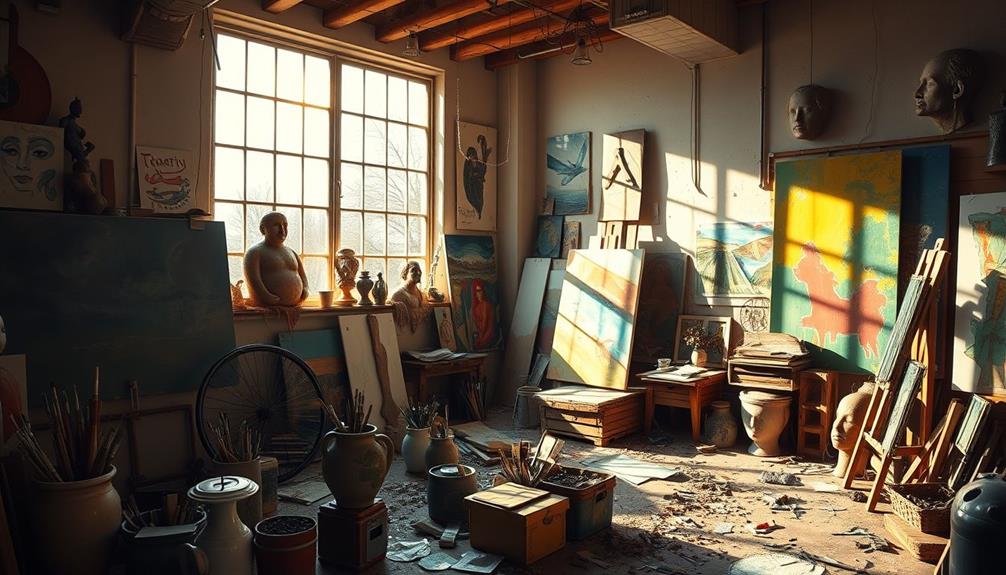
Art's essence lies in its ability to evoke emotions and provoke thoughts, making strict definitions a hindrance to true appreciation. Oscar Wilde famously stated, "To define is to limit," and this rings especially true when you consider how categorizing art into rigid genres stifles its depth.
When you're defining art, you're often overlooking the personal experiences and subjective interpretations that breathe life into it. Wilde believed that the real magic of art emerges from your emotional and intellectual engagement with it.
Rather than boxing art into predefined notions, he encouraged you to embrace its complexity and inherent mystery. This perspective invites you to explore what resonates with you on a deeper level, reminding you that the journey of interpretation is what truly enriches your understanding.
Art and Life

There's a profound relationship between art and life that shapes how we perceive our existence. Oscar Wilde famously stated that "life imitates art far more than art imitates life," suggesting that the art you create or engage with influences your understanding of reality.
When you immerse yourself in genuine artistic experiences, you often find emotional resonance that reflects the complexities of human life. Wilde emphasizes that art can impact societal norms and individual behavior, making it a powerful tool for change.
As you explore your creativity, you discover deeper truths about existence, transcending the ordinary. This artist's unique vision allows you to articulate your innermost thoughts and feelings, facilitating a journey of self-discovery and personal fulfillment.
In this way, art isn't just a reflection; it's a catalyst for transformation, urging you to see the world differently. By engaging with art, you open yourself to new perspectives and understandings, enriching your life experience.
Embrace this interconnectedness of art and life, and let it guide you to deeper insights and personal growth.
Frequently Asked Questions
What Was Oscar Wilde's Powerful Quote?
You might recall Wilde's powerful quote urging you to embrace your true self. It inspires you to reject societal norms and accept your individuality, reminding you that authenticity is far more valuable than imitation or conformity.
What Did Oscar Wilde Say About Life?
You'll find that life, according to Wilde, is about truly living rather than merely existing. He encourages you to embrace authenticity and passion, believing that experience, even through mistakes, shapes your unique journey.
What Does Wilde Think About Art?
Wilde believes art embodies your identity, showcasing your imagination and individuality. He thinks defining art limits it, and true understanding requires ongoing exploration. Engage with art, and let it reveal deeper personal truths over time.
When Did Oscar Wilde Say Be Yourself?
You won't find a specific date when Wilde said "be yourself," as the quote's origins aren't precisely documented. However, it reflects his lifelong belief in individuality, expressed throughout his works in the late 19th century.
Conclusion
In a world where 70% of people feel pressured to conform, embracing your individuality is more essential than ever. Oscar Wilde's insights remind us that being true to ourselves is not just an act of rebellion but a pathway to authenticity. When you express your unique perspective, you not only enrich your life but also inspire others to do the same. So, let Wilde's wisdom guide you as you navigate the beautiful complexities of life and art.
Joy, as our Editor in Chief, ensures the highest standard of content. Her talent in writing is complemented by her attention to detail and passion for literature and culture. Joy’s expertise and love for the English language shine through in her editorial work, making each piece a testament to quality and clarity.



